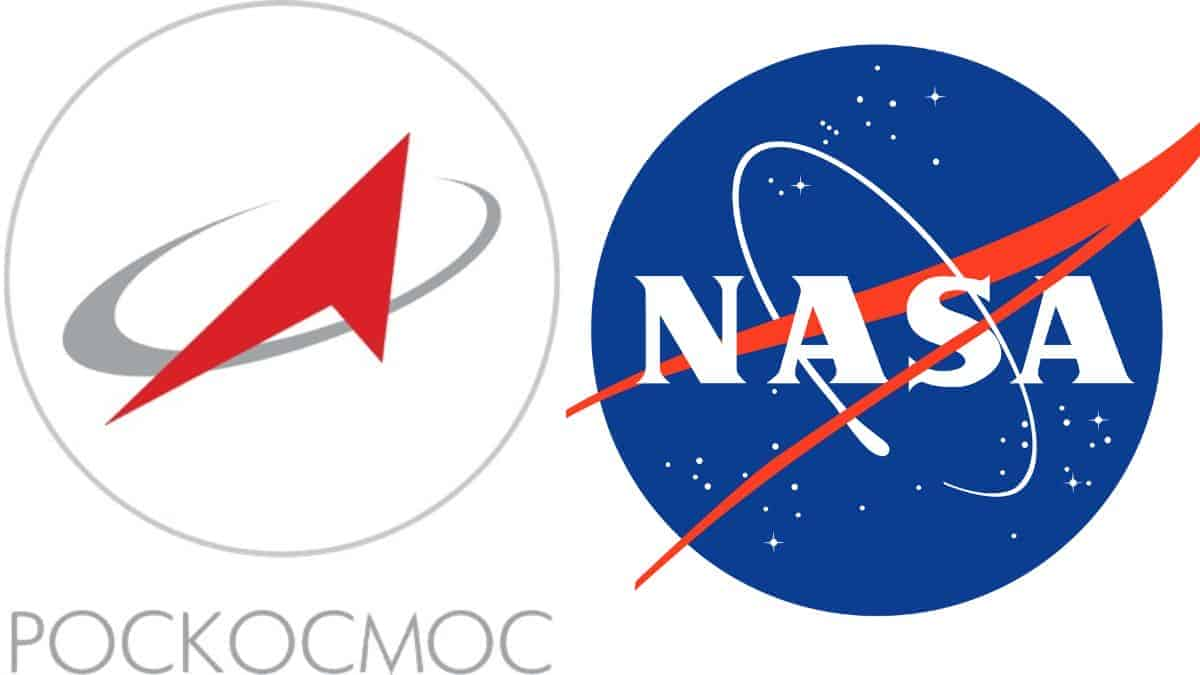


The ISS also helps to monitor Earth’s ecosystems and natural disasters in real-time. Research in the so-called microgravity environment of the ISS has yielded breakthroughs in drug discovery, vaccine development, and medical treatments in the last decade. It is visible by the naked eye from Earth while it completes its 16 daily orbits, passing 400 km (250 miles) above the Earth’s surface. The monumental conglomerate structure now stretches the length of a football field and is the largest human-made object in space. The modules and parts of the ISS have been built progressively by many different countries, only coming into contact for the first time in space.

The ISS has enabled one giant leap for science and collaboration across mankind, involving five different space agencies (U.S., Russia, Europe, Canada, and Japan). It has already been in operation for 21 years, and NASA has given the go-ahead for one more decade, thereby doubling its total planned time in orbit. Originally commissioned for a 15-year lifespan, the ISS is outliving all expectations. NASA’s plans for the decommissioning operation will culminate in a fiery plunge into the middle of the Pacific Ocean - a location called Point Nemo, also known as the “spacecraft graveyard,” the furthest point from all civilization.įinding Point Nemo will be the final stop in a complex and multi-staged mission to transition the operations of the ISS to new commercial space stations and to bring the remaining structure safely down to Earth. After dozens of launches since 1998 got the station up and into orbit, bringing it down will be a feat of its own - the risks are serious if things go wrong. NASA has announced plans for the International Space Station (ISS) to be officially decommissioned in 2031.


 0 kommentar(er)
0 kommentar(er)
